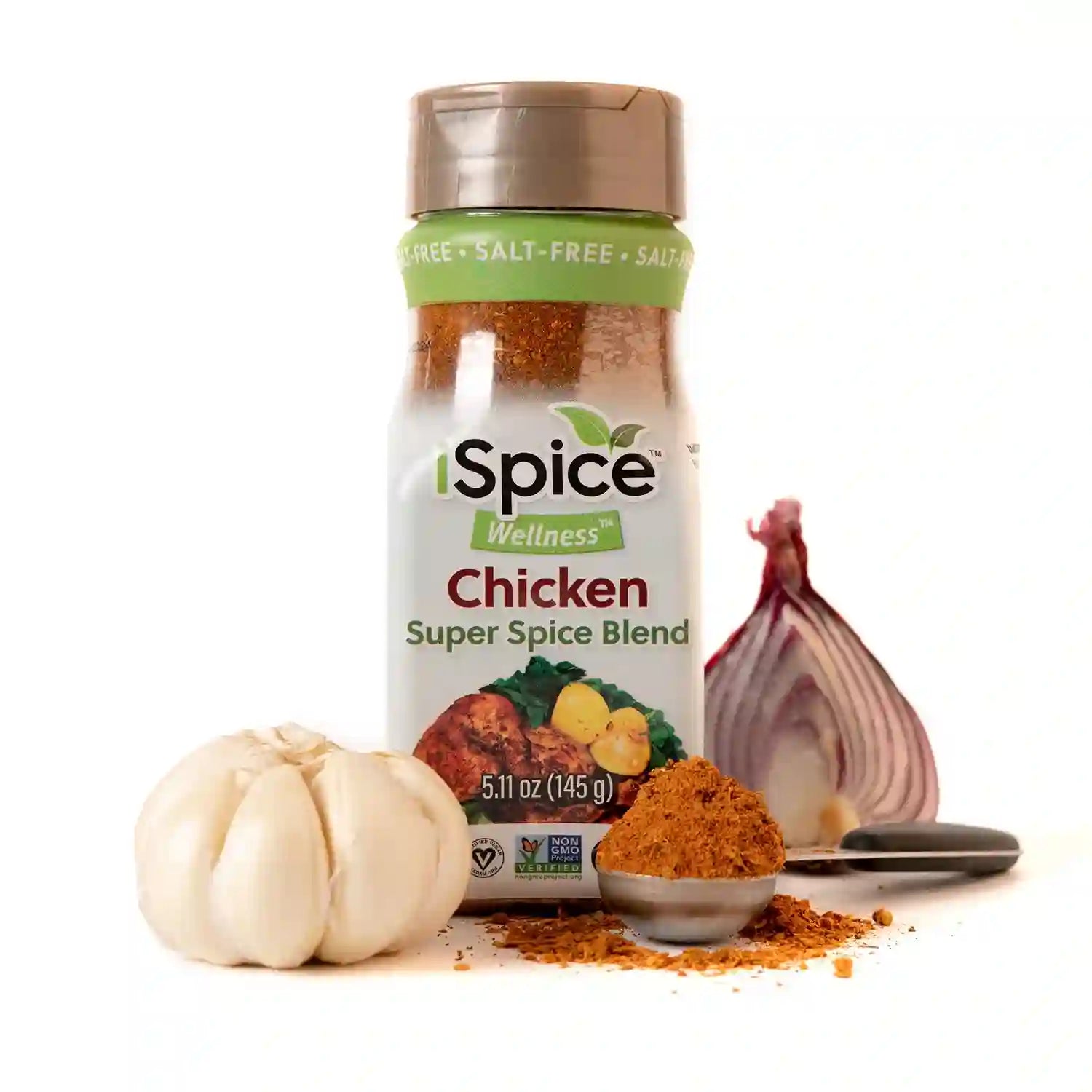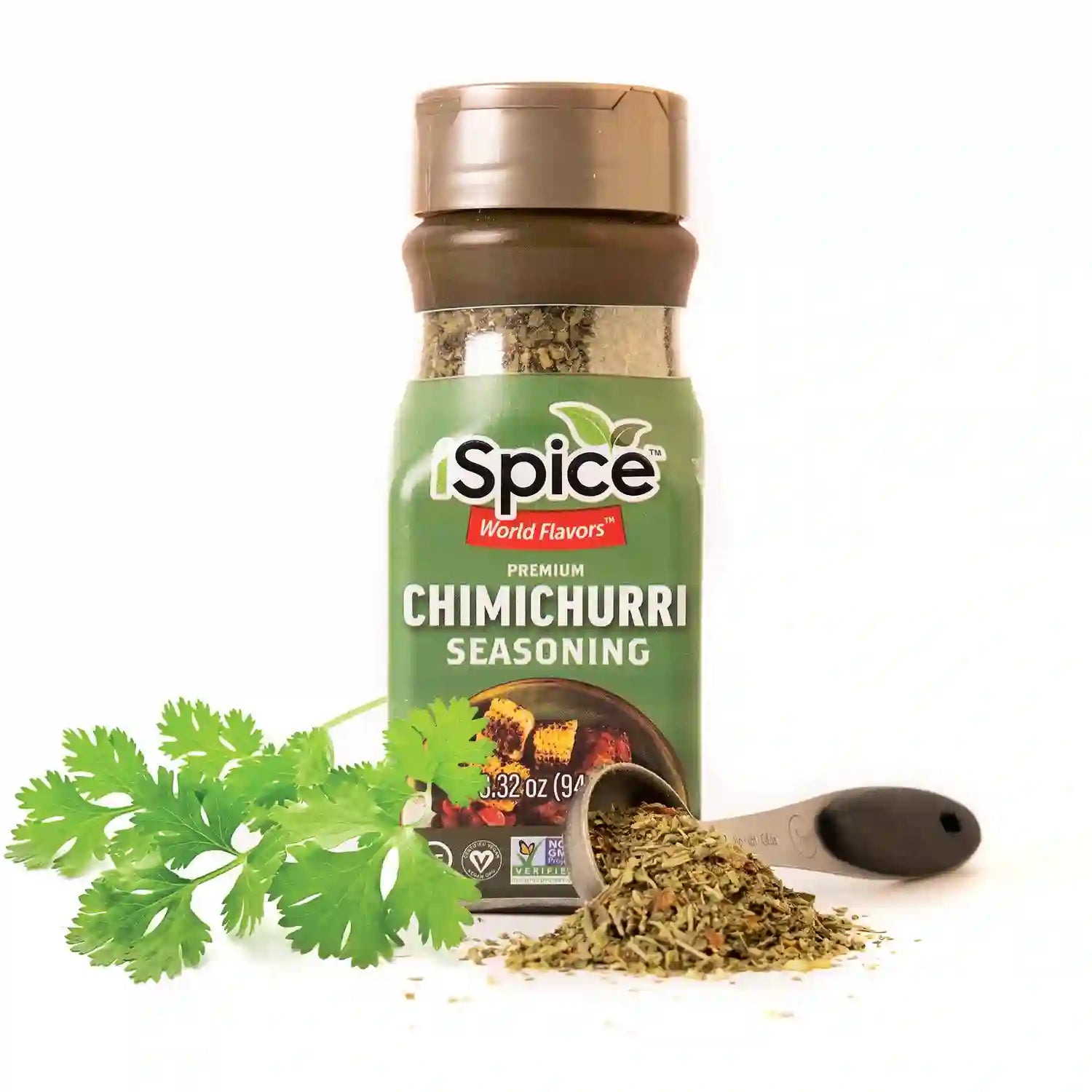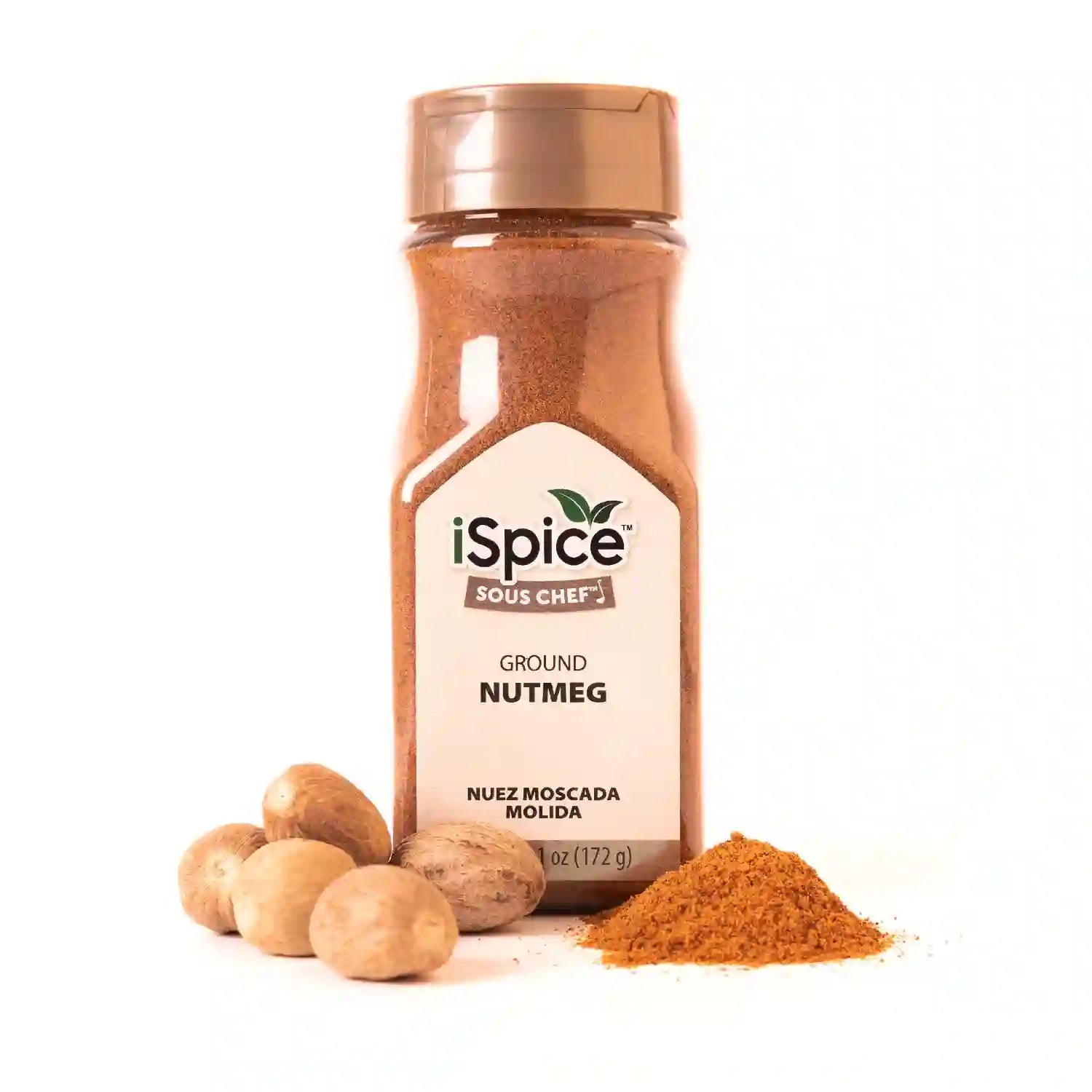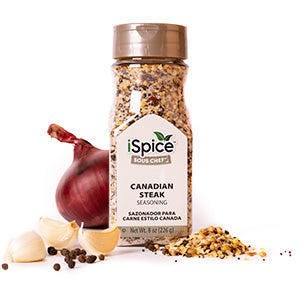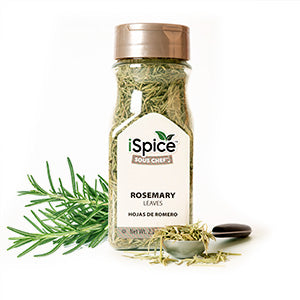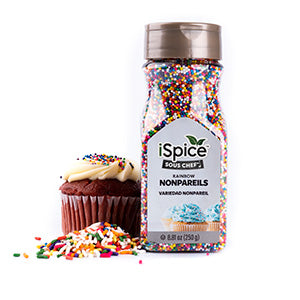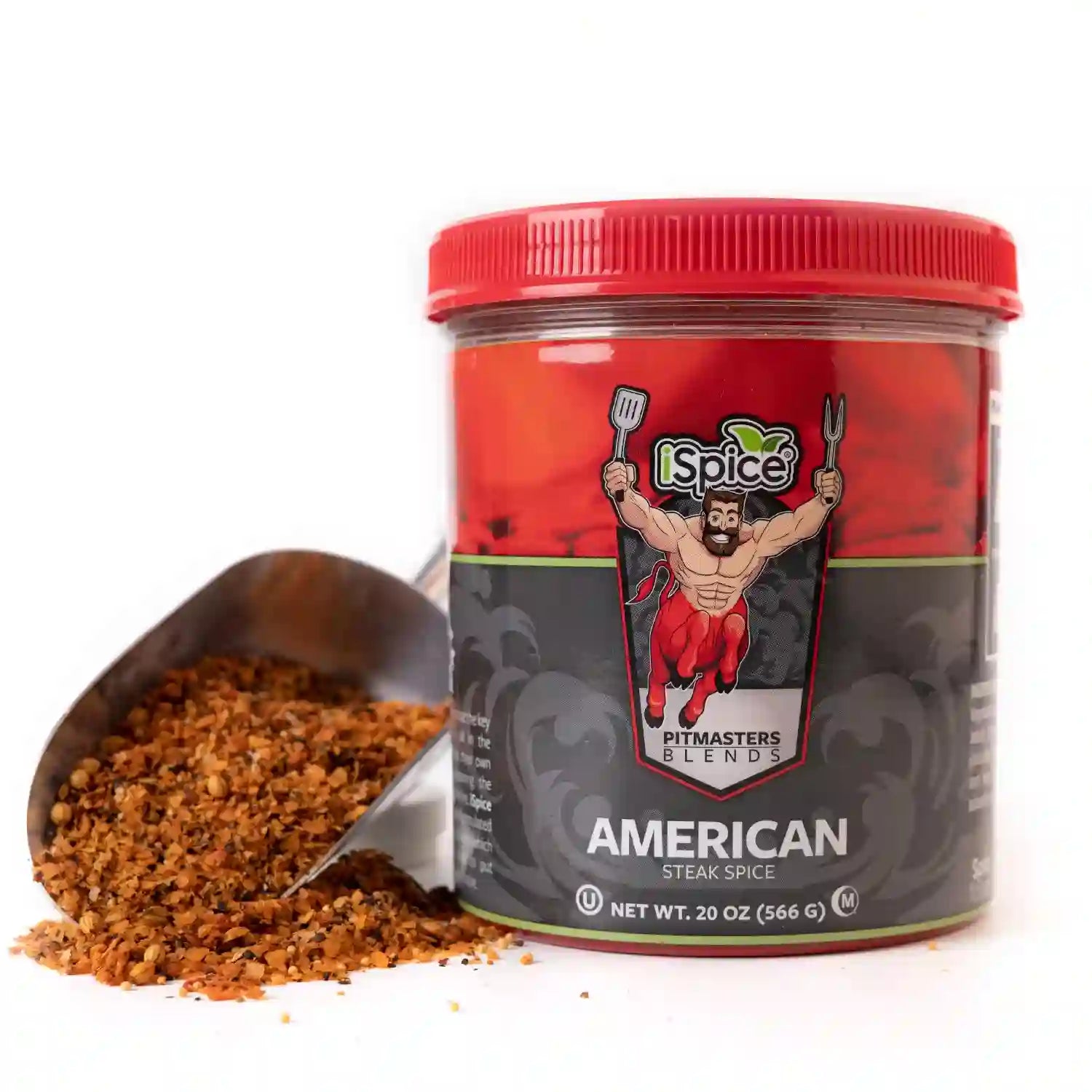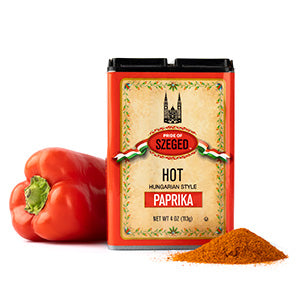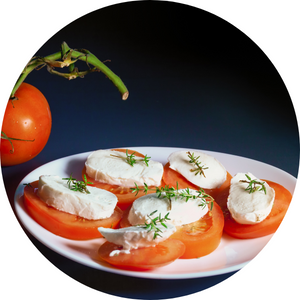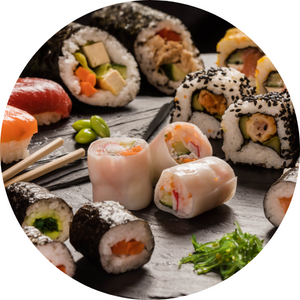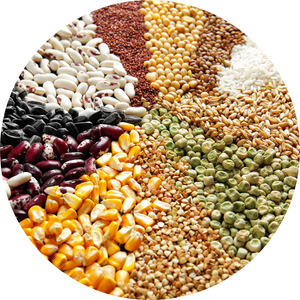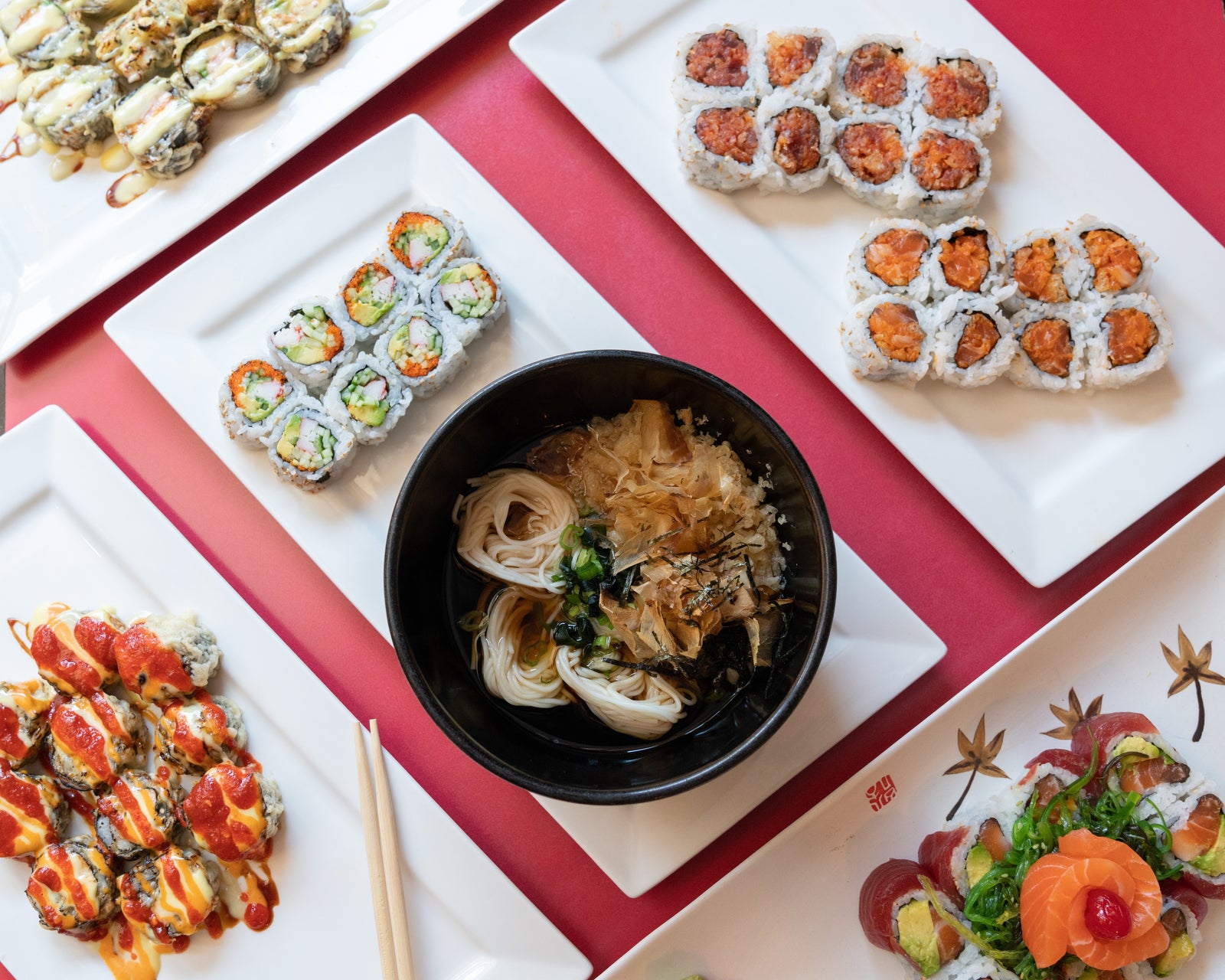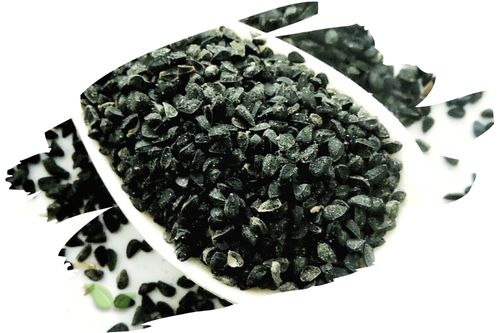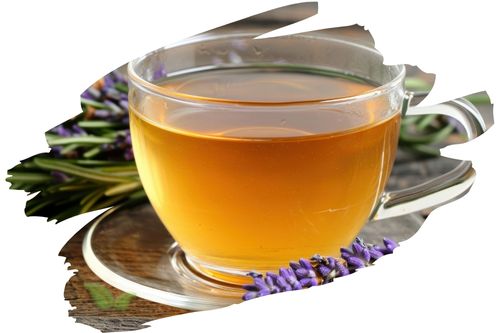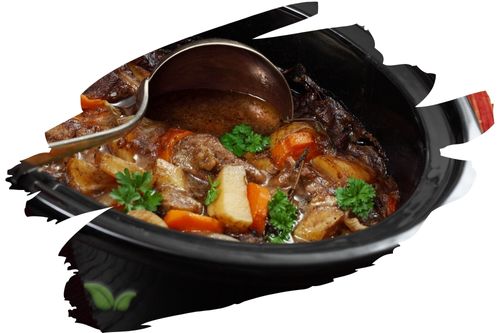
Introduction
Asian cuisine is renowned for its rich flavors and aromatic dishes that tantalize the taste buds. One of the secrets behind the incredible taste of Asian seafood dishes lies in the skillful use of spices. In this article, we will embark on an exciting exploration of Asian spices and their role in enhancing seafood dishes. From the piquant heat of chili peppers to the warm and earthy notes of cumin, these spices play a crucial role in creating mouthwatering seafood delicacies that leave a lasting impression.
An Exploration of Asian Spices in Seafood Dishes
Asian spices are essential ingredients in many traditional and contemporary seafood recipes. Let's delve into the captivating world of these spices and how they transform ordinary seafood into extraordinary culinary experiences.
1. Embracing Umami: The Essence of Asian Spices
Asian spices are deeply rooted in umami, the savory and fifth basic taste that enriches the overall flavor of dishes. Umami is prominently found in ingredients like seaweed, mushrooms, soy sauce, and fermented seafood pastes like miso. Embracing umami is fundamental in Asian seafood dishes, as it adds depth and complexity to the flavors.
2. The Aroma of Star Anise in Asian Seafood Cuisine
Star anise, with its striking star-shaped appearance, is a prominent spice in Asian seafood cooking. It infuses dishes with a licorice-like aroma and imparts a subtle sweetness. Often used in soups, broths, and braised dishes, star anise adds a unique dimension to seafood recipes.
3. Infusing Heat with Sichuan Peppercorns
Sichuan peppercorns, known for their numbing and tingling sensation, are a staple in Chinese seafood cuisine. They are commonly used in spicy seafood dishes, bringing a burst of heat and flavor that excites the palate.
4. The Warmth of Cinnamon in Asian Seafood Creations
Cinnamon, a spice with a comforting and warm essence, is not only popular in desserts but also in certain Asian seafood dishes. It enhances the flavor profile of stews and sauces, adding a hint of sweetness and depth to the dish.
5. Elevating Flavors with Lemongrass
Lemongrass is a key component in Southeast Asian cuisine, celebrated for its refreshing citrus aroma and delicate flavor. In seafood dishes, lemongrass imparts a zesty note that perfectly complements the delicate taste of fish and shellfish.
6. The Magic of Turmeric: Color and Flavor Unleashed
Turmeric, with its vibrant yellow hue, is a versatile spice used in many Asian seafood dishes. It not only imparts a distinctive color but also a warm and slightly bitter flavor that harmonizes with seafood's natural taste.
7. Aromatic Allure of Cardamom
Cardamom, known for its exotic fragrance, is used sparingly in Asian seafood cuisine. Its unique taste enhances select seafood dishes, adding a touch of sophistication.
8. Balancing Flavors with Tamarind
Tamarind, with its tangy and slightly sweet flavor, is often used as a souring agent in various Asian seafood preparations. It helps balance out rich and savory flavors, creating a harmonious taste profile.
9. The Versatility of Ginger
Ginger is a culinary superstar in Asian cuisine, and seafood dishes are no exception. Whether used fresh, dried, or as a paste, ginger lends its pungent, spicy, and slightly sweet notes to a wide range of seafood creations.
10. Nutty Aromas of Sesame
Sesame seeds and sesame oil are frequently used in Asian seafood dishes to add a nutty aroma and a pleasant crunch. The oil is especially prized for its ability to enhance the flavors of seafood while providing a delightful aftertaste.
11. Experiencing the Fiery Heat of Thai Bird's Eye Chili
Thai bird's eye chili, a small but incredibly spicy pepper, is a cornerstone of Thai cuisine. When incorporated into seafood dishes, it brings fiery heat and a burst of vibrant flavor.
12. A Symphony of Aromatics: Asian Five-Spice Blend
The Asian five-spice blend is a traditional mix of star anise, cloves, Chinese cinnamon, Sichuan peppercorns, and fennel seeds. This aromatic blend is often used to season seafood dishes, creating a harmonious symphony of flavors.
13. Elevating Seafood with Galangal
Galangal, a relative of ginger, has a more citrusy and pine-like flavor. It is a favorite spice in Indonesian, Malaysian, and Thai seafood dishes, providing a refreshing and distinctive taste.
14. The Earthy Complexity of Cumin
Cumin is a spice appreciated for its earthy and warm flavor. While more commonly associated with Indian cuisine, it also finds its way into certain Asian seafood recipes, offering a delightful twist to traditional dishes.
15. Discovering the Fragrance of Pandan Leaves
Pandan leaves are a beloved ingredient in Southeast Asian cooking, imparting a unique floral aroma to various dishes, including seafood preparations. They are often used to wrap fish before cooking, infusing it with their delightful fragrance.
16. The Delicate Touch of Coriander
Coriander, also known as cilantro, is a herb and spice rolled into one. Its leaves and seeds are used in Asian seafood cuisine to add a fresh and citrusy note, enhancing the overall taste of the dish.
17. Unveiling the Potency of Mustard Seeds
Mustard seeds add a pungent and slightly bitter flavor to certain Asian seafood dishes. Whether used whole, crushed, or ground into a paste, they lend a distinct taste that elevates the culinary experience.
18. Zesting Up with Kaffir Lime Leaves
Kaffir lime leaves, with their strong citrus aroma, are widely used in Thai seafood cuisine. They contribute a zesty and refreshing taste to various dishes, enhancing the overall flavor profile.
19. Exploring the Heat of Korean Gochujang
Gochujang, a Korean chili paste, is known for its rich and spicy flavor. In Korean seafood dishes, it serves as a versatile condiment that adds depth and heat to the meal.
20. Incorporating Exotic Aromas of Fenugreek
Fenugreek leaves and seeds are used in some Asian seafood dishes, providing a slightly bitter and nutty flavor. They contribute to the overall complexity of the dish, making it a unique culinary experience.
21. The Essence of Shallots in Asian Seafood Delicacies
Shallots, with their mild and sweet flavor, are often used in Asian seafood recipes to add depth and complexity. They complement the taste of seafood, creating a harmonious blend of flavors.
22. Unleashing the Robust Flavor of Black Pepper
Black pepper, a globally beloved spice, is also a crucial component in Asian seafood cuisine. Its pungent and spicy taste enhances the natural flavors of seafood, making it a staple in various dishes.
23. The Allure of Fish Sauce
Fish sauce, a ubiquitous condiment in Asian cooking, is derived from fermented fish and salt. Its umami-rich flavor enhances the taste of seafood dishes, making it a prized ingredient in kitchens across Asia.
24. Aromatic Elegance of Aniseed
Aniseed, similar to star anise but with a milder taste, is used in select Asian seafood dishes to impart a delicate licorice flavor. Its subtle essence adds sophistication to the culinary creation.
25. Enhancing with Rice Wine Vinegar
Rice wine vinegar, known for its mild acidity and subtle sweetness, is frequently used to balance the flavors of Asian seafood dishes. It provides a delicate touch that enhances the overall taste.
FAQs
Q: What is the most popular Asian spice used in seafood dishes? A: Among the most popular Asian spices, ginger stands out as a key ingredient used in a wide range of seafood dishes. Its pungent and aromatic flavor complements various seafood varieties, making it a versatile and beloved spice in Asian cuisine.
Q: How can I incorporate lemongrass into my seafood dishes? A: To use lemongrass, remove the tough outer layers and bruise the stalks with a mallet or the back of a knife to release the aromatic oils. Add the bruised lemongrass to soups, curries, or marinades to infuse your seafood with its refreshing citrus flavor.
Q: Which Asian spice adds a unique floral aroma to seafood? A: Pandan leaves, commonly used in Southeast Asian cooking, impart a delightful floral fragrance to seafood dishes. Wrap fish or shellfish in pandan leaves before cooking to experience its aromatic essence.
Q: How do I balance the heat of Thai bird's eye chili in my seafood dish? A: To control the spiciness, you can remove the seeds and inner membranes from the Thai bird's eye chili before adding it to your dish. Additionally, consider using less chili and balancing it with other flavors like sweetness or acidity.
Q: Can I substitute one Asian spice with another in a seafood recipe? A: While some Asian spices have distinct flavors, you can often find suitable substitutes that harmonize with the dish's overall taste profile. Experiment with similar spices or herbs to achieve a satisfying flavor.
Q: What is the best way to use Asian five-spice blend in seafood dishes? A: The Asian five-spice blend works well as a dry rub for seafood before grilling or roasting. It also enhances the taste of stir-fries and braised seafood dishes, providing a symphony of aromatic flavors.
Conclusion
Embarking on an exploration of Asian spices in seafood dishes unveils a captivating world of flavors, aromas, and culinary delights. From the fiery heat of chili peppers to the exotic allure of lemongrass, each spice plays a vital role in elevating seafood dishes to new heights. Whether you're an adventurous home cook or a seasoned chef, incorporating these spices into your seafood creations will impress and satisfy even the most discerning palates.
Alert: While spices can have many beneficial properties for health, using them for medical purposes should be done under the guidance and supervision of a healthcare professional or specialist. Some spices may interact with medications or cause adverse reactions in certain individuals, and it is important to use them safely and appropriately. If you are considering using spices for a medical condition, it is important to consult with a healthcare professional before doing so.

